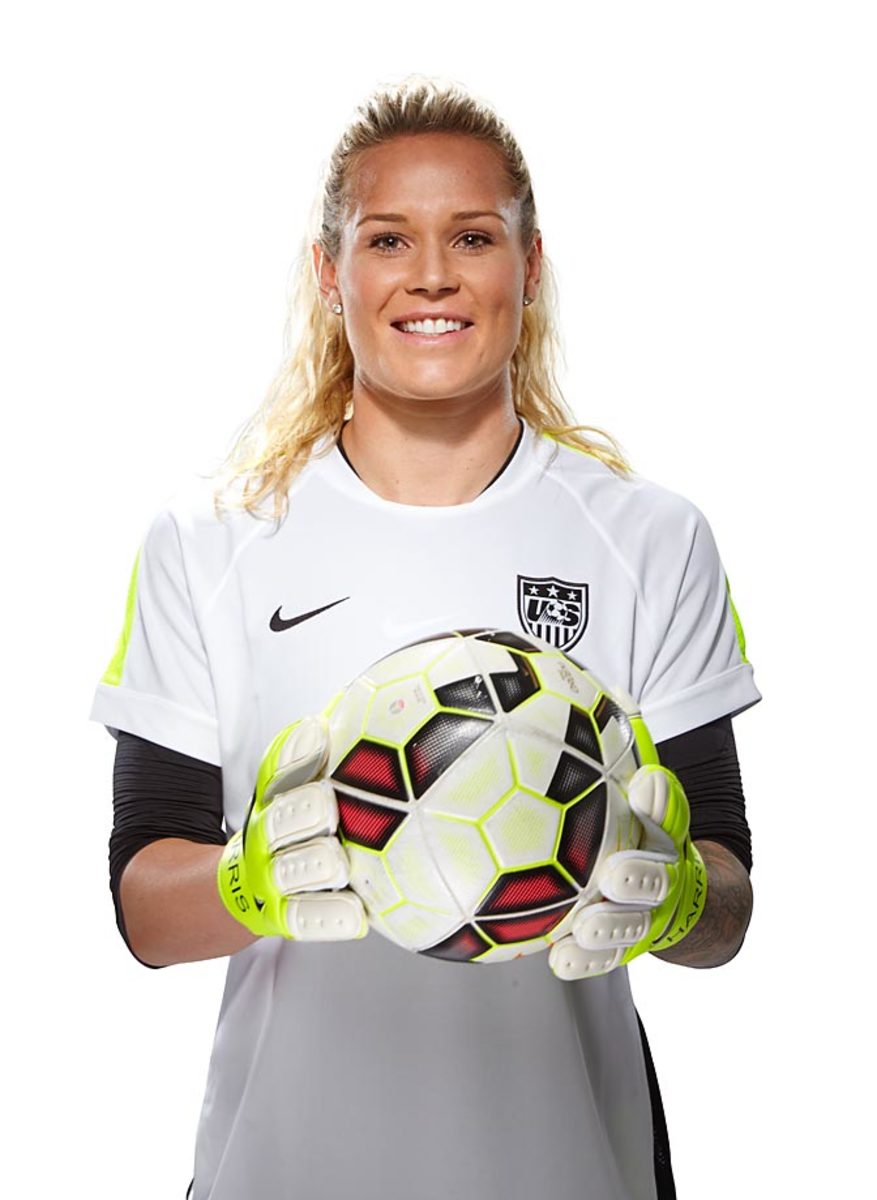USWNT team doctor: Artificial turf takes toll on recovery time, bodies

One United States women’s national team doctor echoes the players’ opinions on artificial turf from a medical standpoint.
Dr. Bojan Žorić, who was with the team at the 2012 Olympics and will be again in Canada, told SI.com that the playing surface is the medical team’s primary concern heading into the 2015 World Cup. Regardless of what the studies say—and they can often go either way—players almost always recover better from playing on grass than turf.
“[The research] can show that there are more injuries and that there are not more injuries. You don’t have a great answer. That’s with regard to acute injuries,” said Žorić, who is also an orthopedic surgeon at Beverly Hospital in Massachusetts. “The body is by far more fatigued, there’s a longer recovery rate, there’s certainly more of a feeling of being worn down after practicing and playing on turf.”
As it stands, anecdotal evidence is far more certain than the scientific, due in part to the difficulty of standardizing all turf research. No single study has been able to satisfactorily account for various generations of the surface, different companies’ takes on the same product and the different age groups and level of play a field may see.
USWNT's Alex Morgan had late start yield meteoric rise in women's soccer
“The real answer is probably a mix of all those things, and I’m sure that there’s some truth to every one of those studies,” Žorić said. “From our perspective, our concern is definitely, how are the players going to hold up?”
The obvious difference is that while municipal parks and schools may receive a volume of use that makes planting and maintaining an acceptable grass surface unrealistic, that’s clearly not the case for a World Cup.
As in Brazil 2014, stadiums will receive a couple days’ respite between games, although the fields in Canada will host two or three doubleheaders each.
Besides muscle and ligament concerns, turf burns will be a major concern. Any player from beer leagues to the top professional levels will attest to the initial pain and continued discomfort from them, as U.S. forward Sydney Leroux’s now-famous photo on Twitter of her mangled legs showcases.
This is why soccer should be played on grass! pic.twitter.com/fsNGi27oRY
— Sydney Leroux (@sydneyleroux) April 15, 2013
With just three full days of rest between games at most stages in the tournament, getting back to each player’s baseline physical state after each final whistle will be key. Hydration and flushing lactic acid out of the system take precedence during summer tournaments, particularly those played on turf, Žorić said.
Meet the USWNT 23: The USA's 2015 Women's World Cup team
The rubber infill on turf fields also absorbs heat much easier than natural surfaces. Average high temperatures in the World Cup host cities don’t reach above 80 degrees in June and July, which should at least keep the heat manageable.
A repeat of the 2014 National Women’s Soccer League semifinal in Kansas City, when temperatures on the field at University of Missouri-Kansas City reached as high as 159 degrees, is highly unlikely.
Players in that game soaked their feet and boots in ice water in an attempt to stave off the heat underfoot, and some even took intravenous fluids at halftime.
“We prepare for every game the same way, and that is assume all the worst things can happen and hope none of them happen,” Žorić said. “We’ll see. This is in Canada; hopefully, it’s not going to be quite that hot.”
It all serves to create an unprecedented situation at a World Cup, for men or women. The U.S. played Olympic qualifiers in Canada in January 2012, and although heat wasn’t an issue during the northern winter, the playing surface was the same and recovery was reduced with just one full day separating games.
Abby's Road: Wambach's motivation, quest for elusive World Cup glory
“By the end of that, there were quite a bit of nagging, sore muscles [and] joints, as there are after every tournament, but it seemed to be significantly more pronounced just playing on turf,” Žorić said.
“Normally after a game on grass, they’re practicing the next day and their bodies aren’t so beat up, whereas when they play on turf, it takes sometimes two days for them to be able to recover.”
For Žorić, as for the players who initiated the lawsuit against FIFA for requiring the tournament be played on turf, the ultimate issue of equality cannot be ignored. He said he doesn’t believe the standards on playing surfaces would ever be relaxed for a men’s World Cup.
“It’s a little disappointing from that perspective, but that’s only my personal opinion,” Žorić said. “I feel like this is the greatest and biggest tournament in the world, and turf changes the game of soccer. … These are the top-notch teams, the best players in the world, the best athletes, and they should be able to showcase their talent on the best surface available.”
GALLERY: Meet the USWNT 23
Meet the 23: The 2015 U.S. Women's World Cup Team
Hope Solo - GOALKEEPER

Abby Wambach - FORWARD
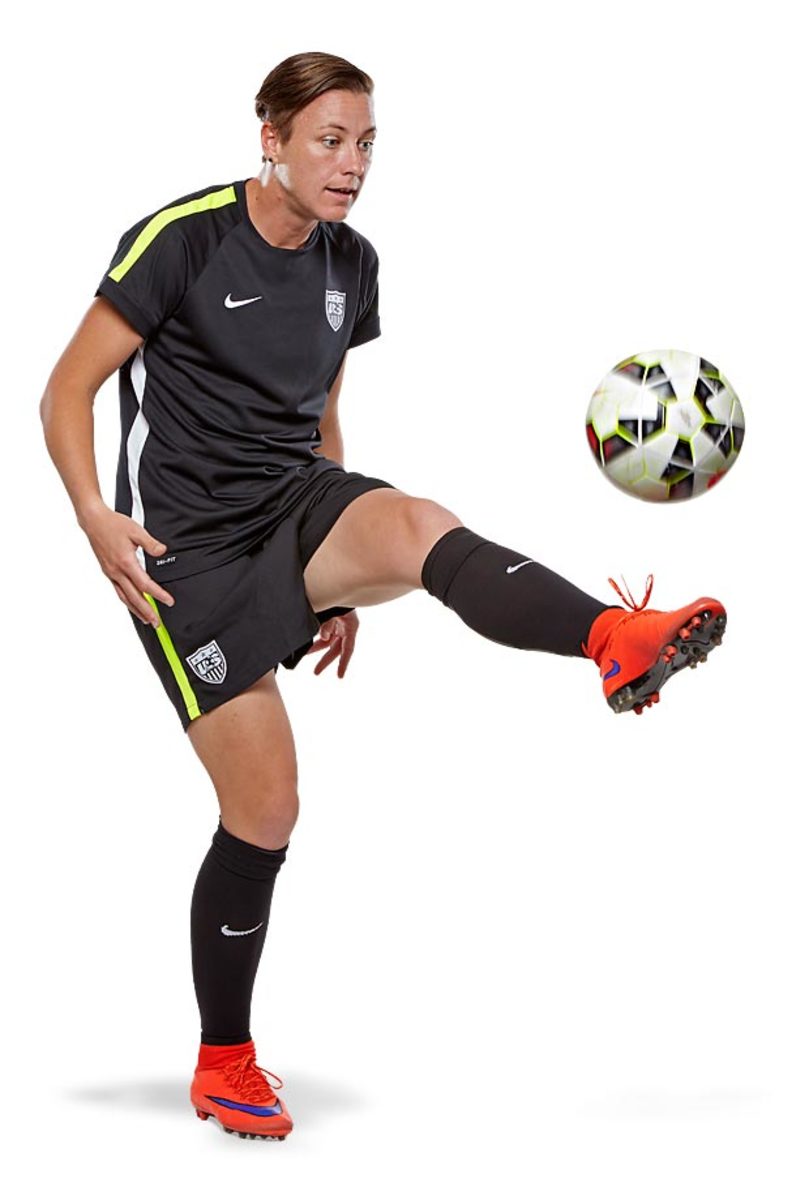
Amy Rodriguez - FORWARD
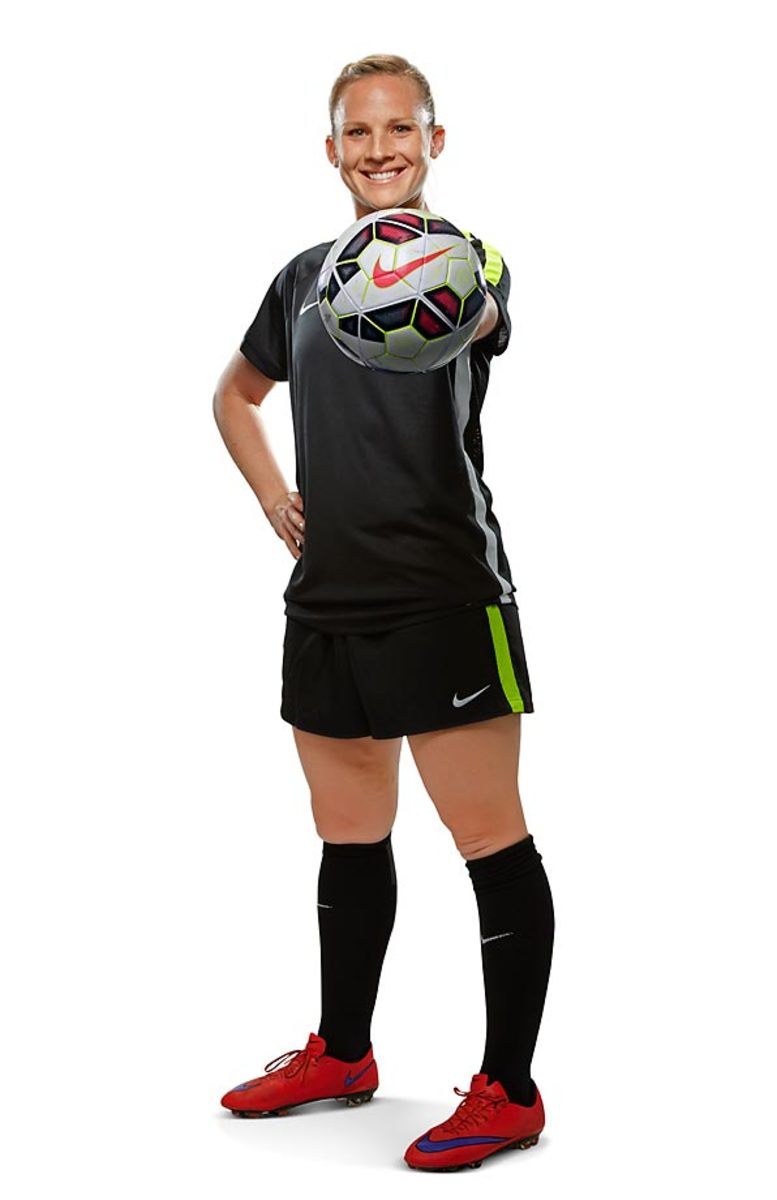
Christen Press - FORWARD
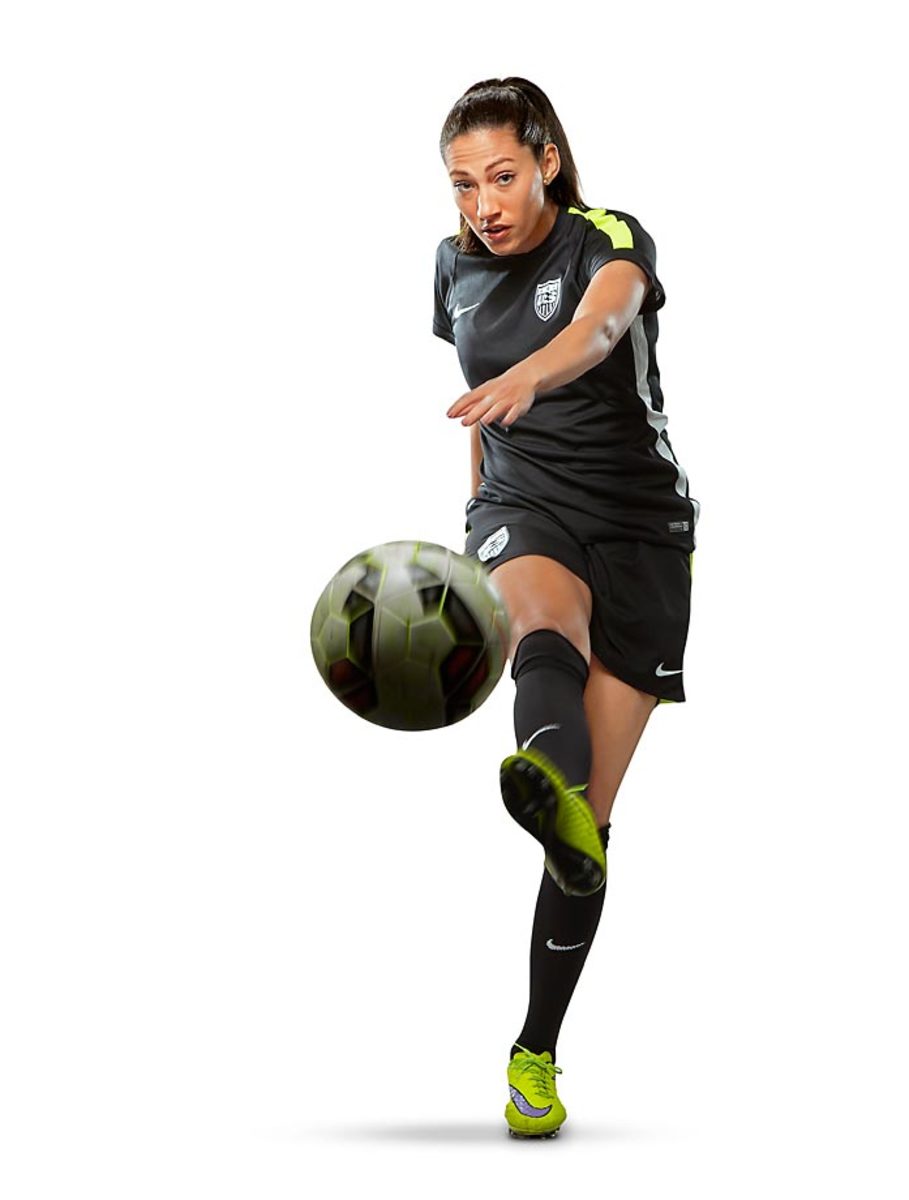
Sydney Leroux - FORWARD
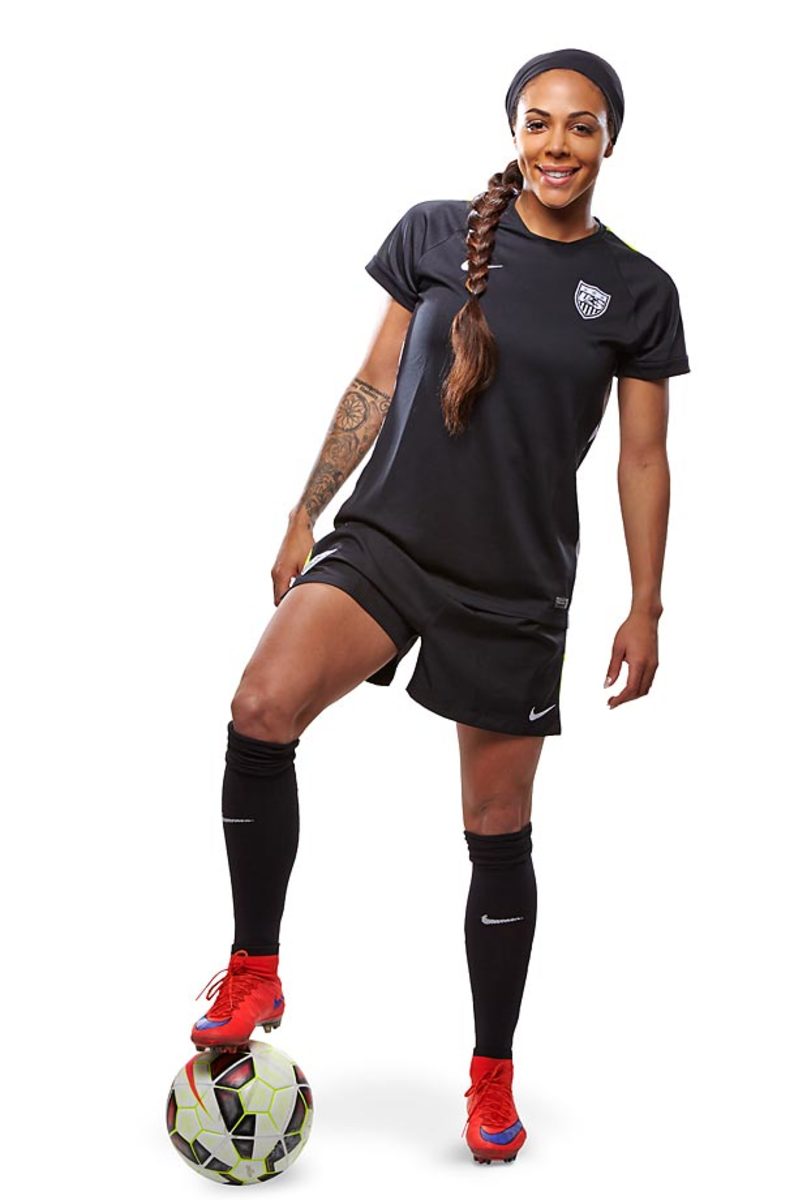
Alex Morgan - FORWARD
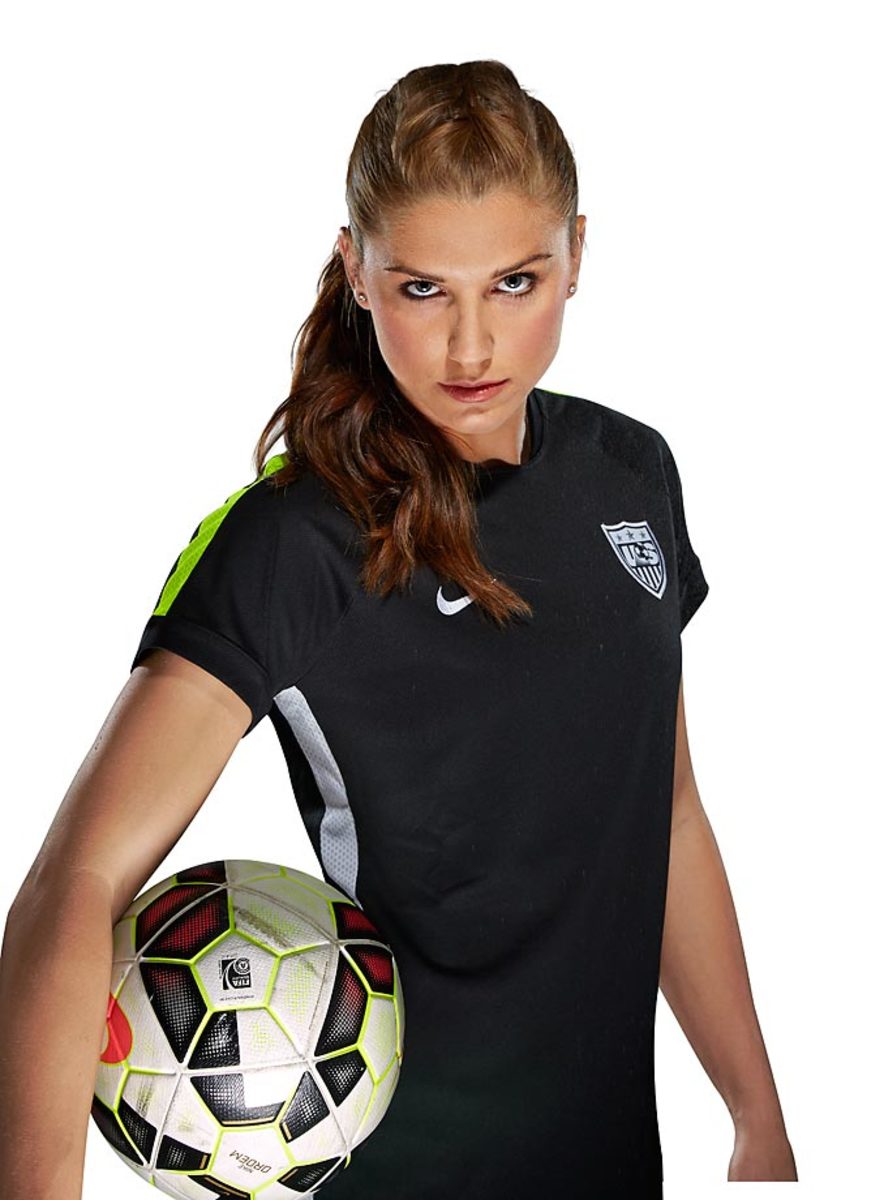
Carli Lloyd - MIDFIELDER
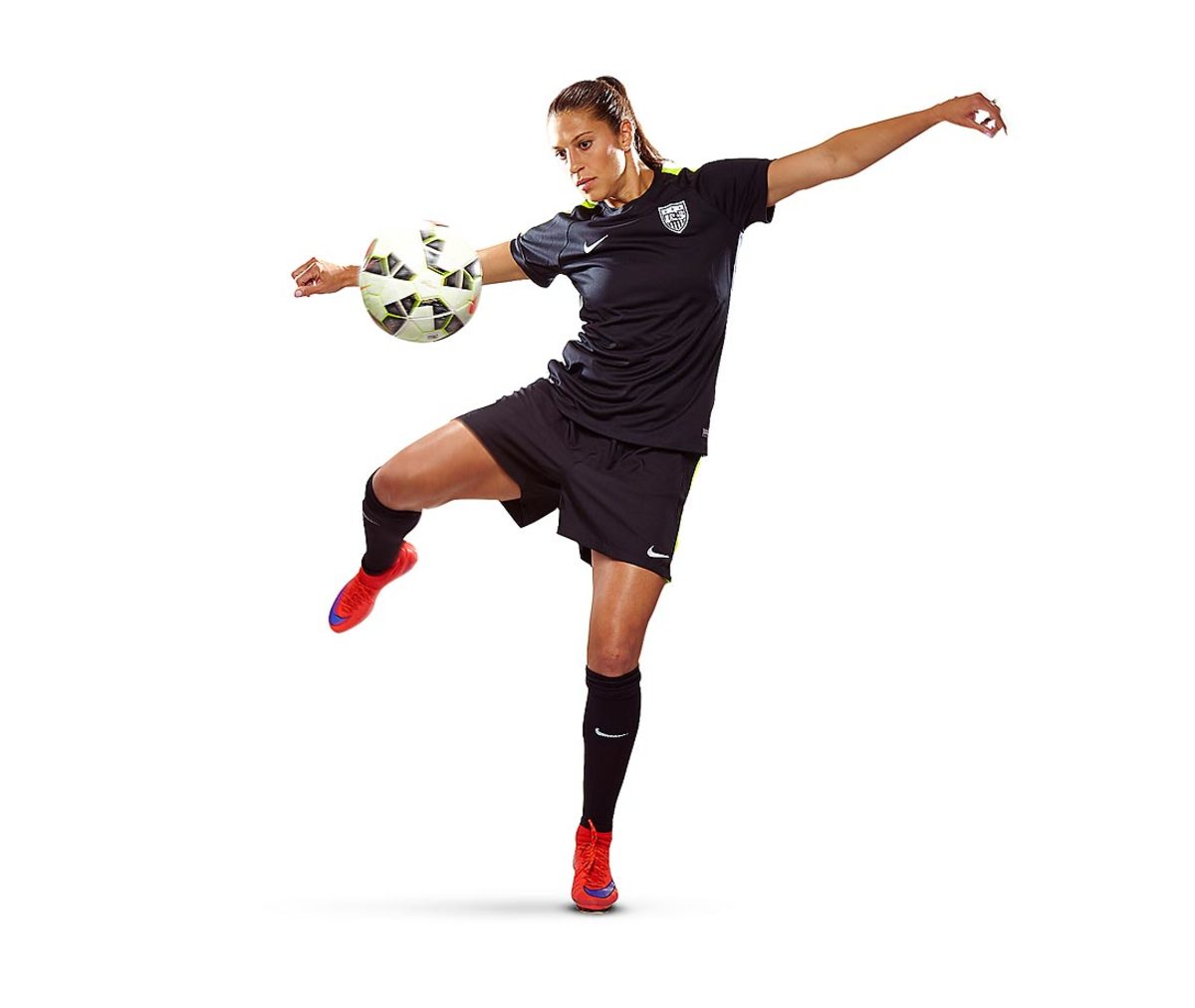
Heather O'Reilly - MIDFIELDER
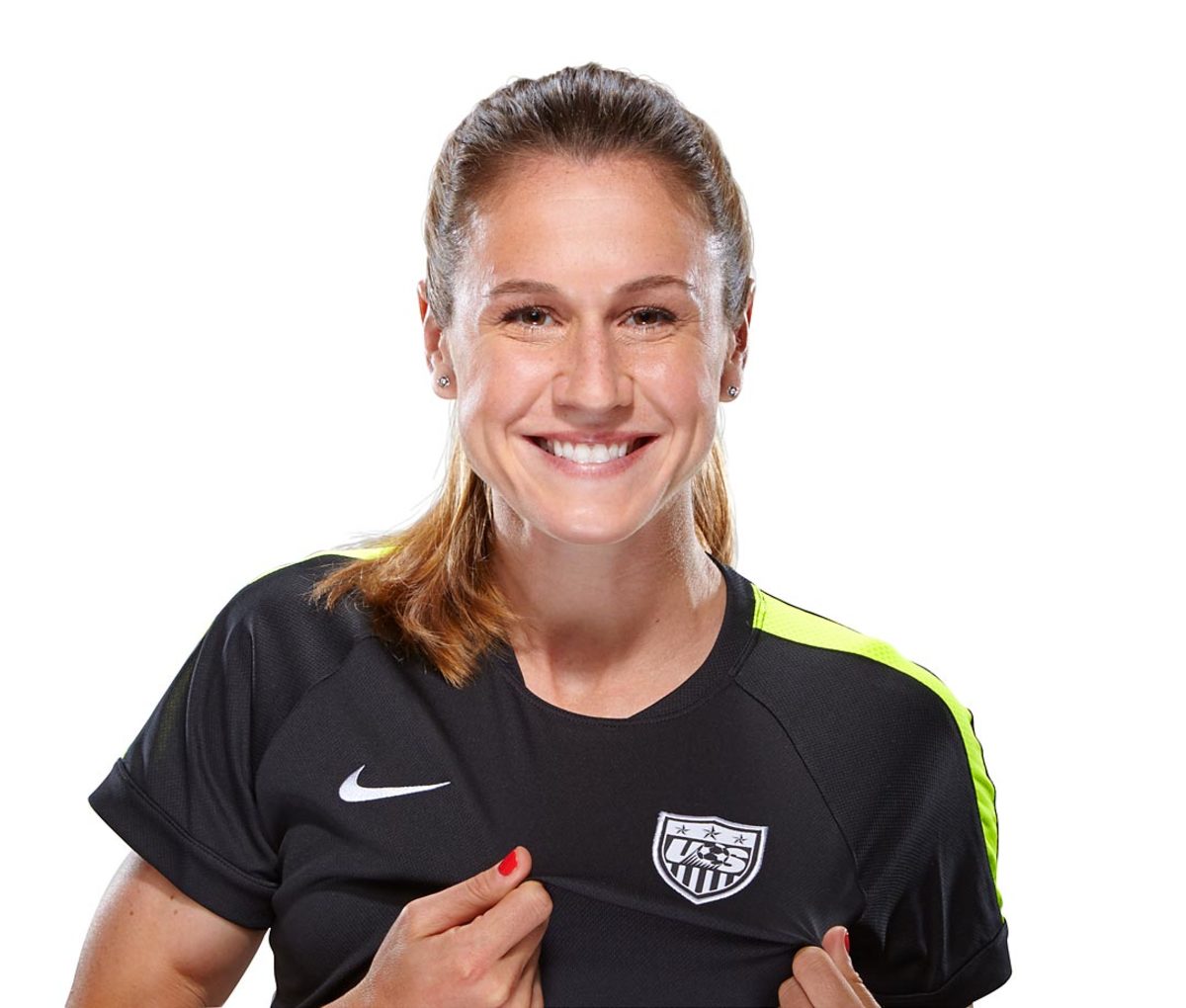
Lauren Holiday - MIDFIELDER
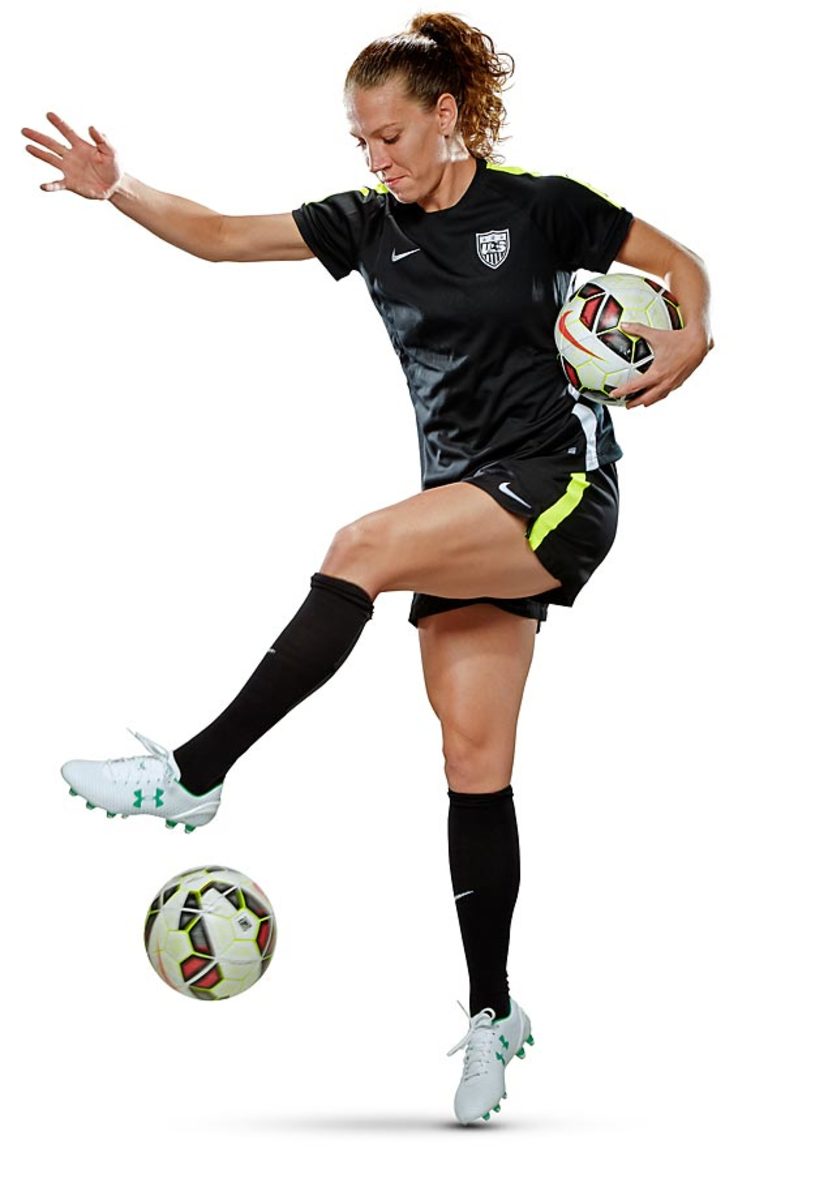
Megan Rapinoe - MIDFIELDER
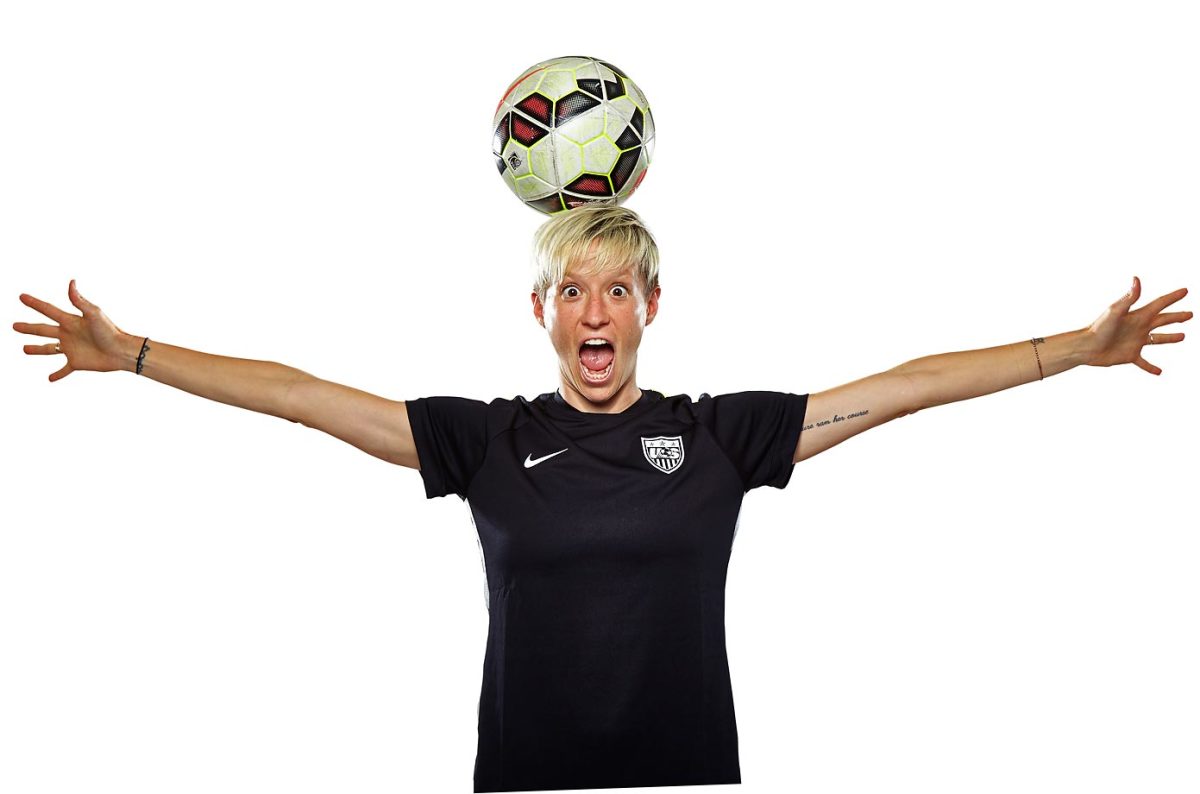
Morgan Brian - MIDFIELDER
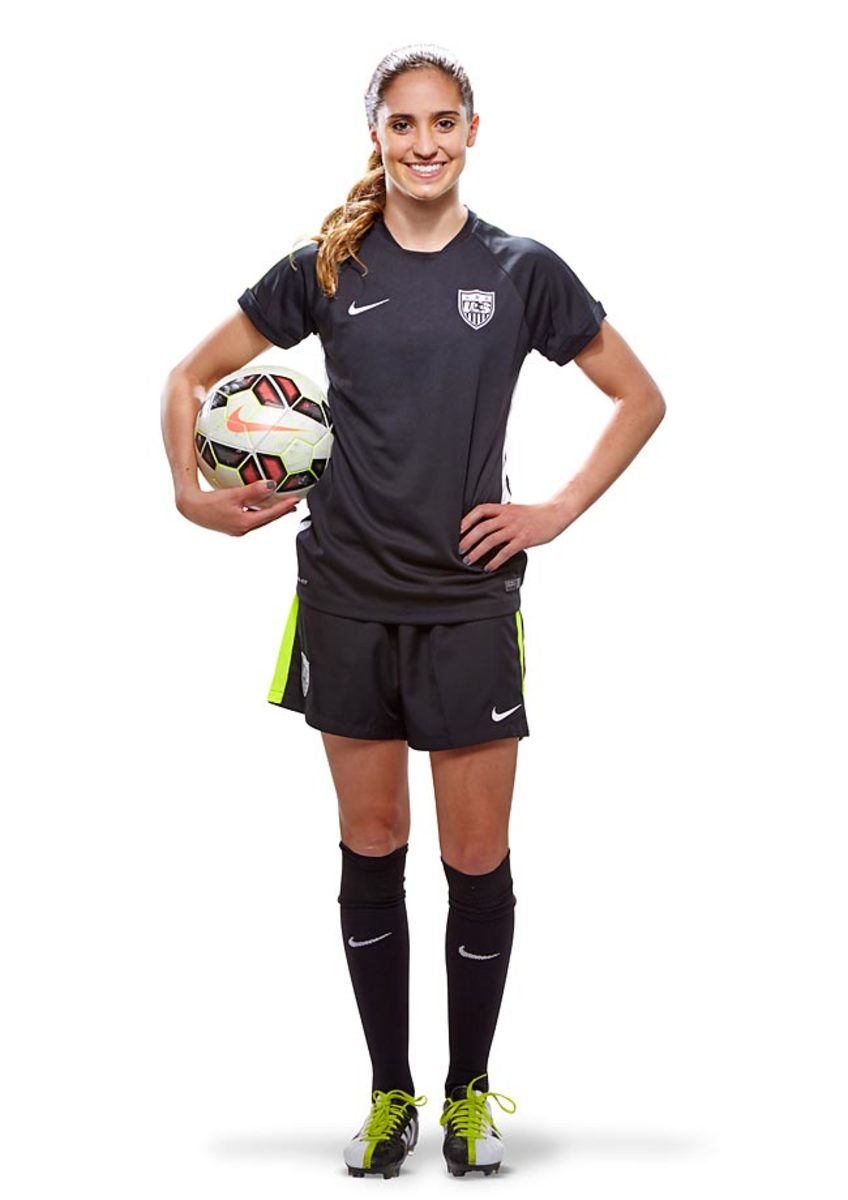
Shannon Boxx - MIDFIELDER
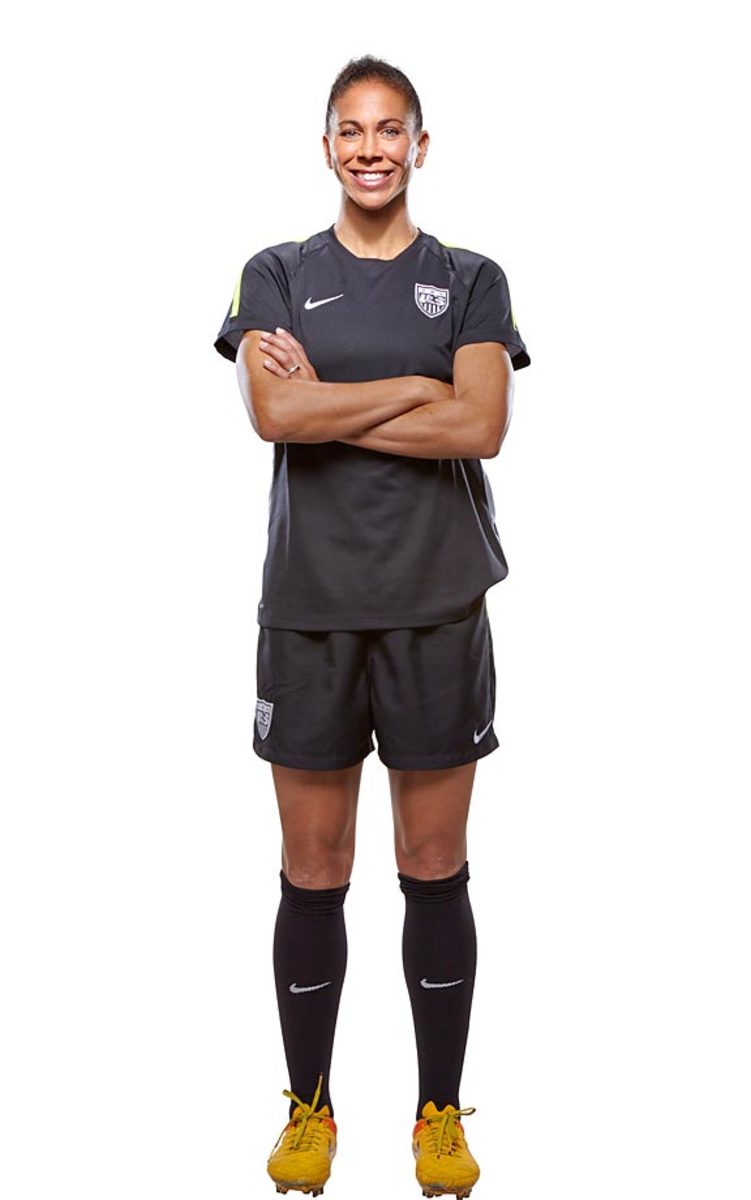
Tobin Heath - MIDFIELDER
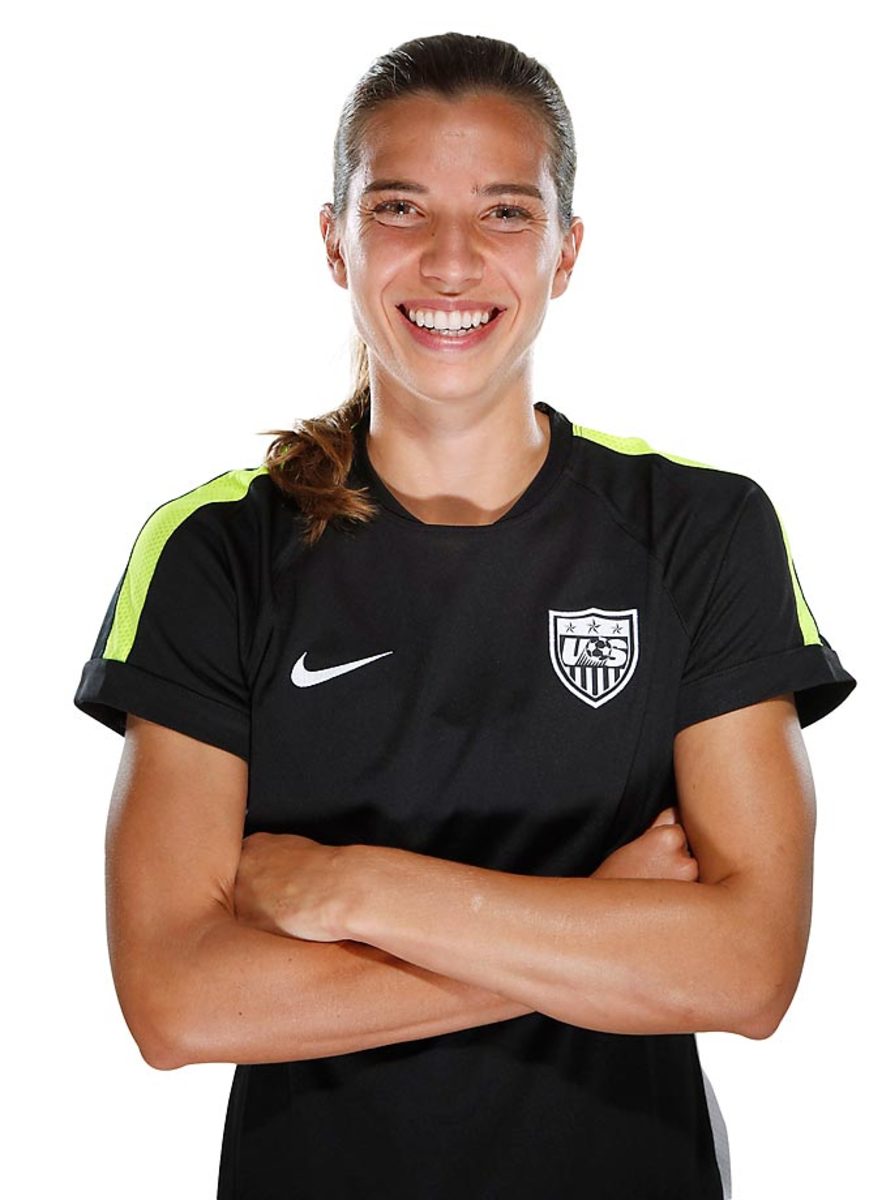
Whitney Engen - DEFENDER
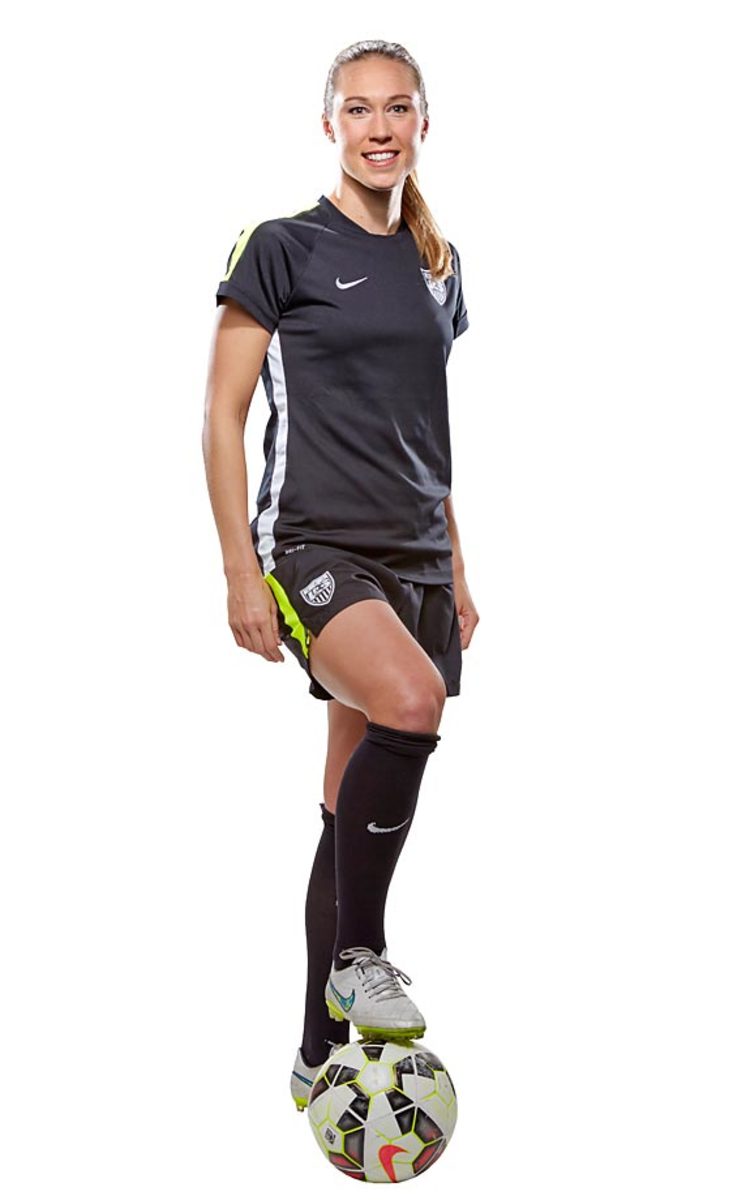
Meghan Klingenberg - DEFENDER
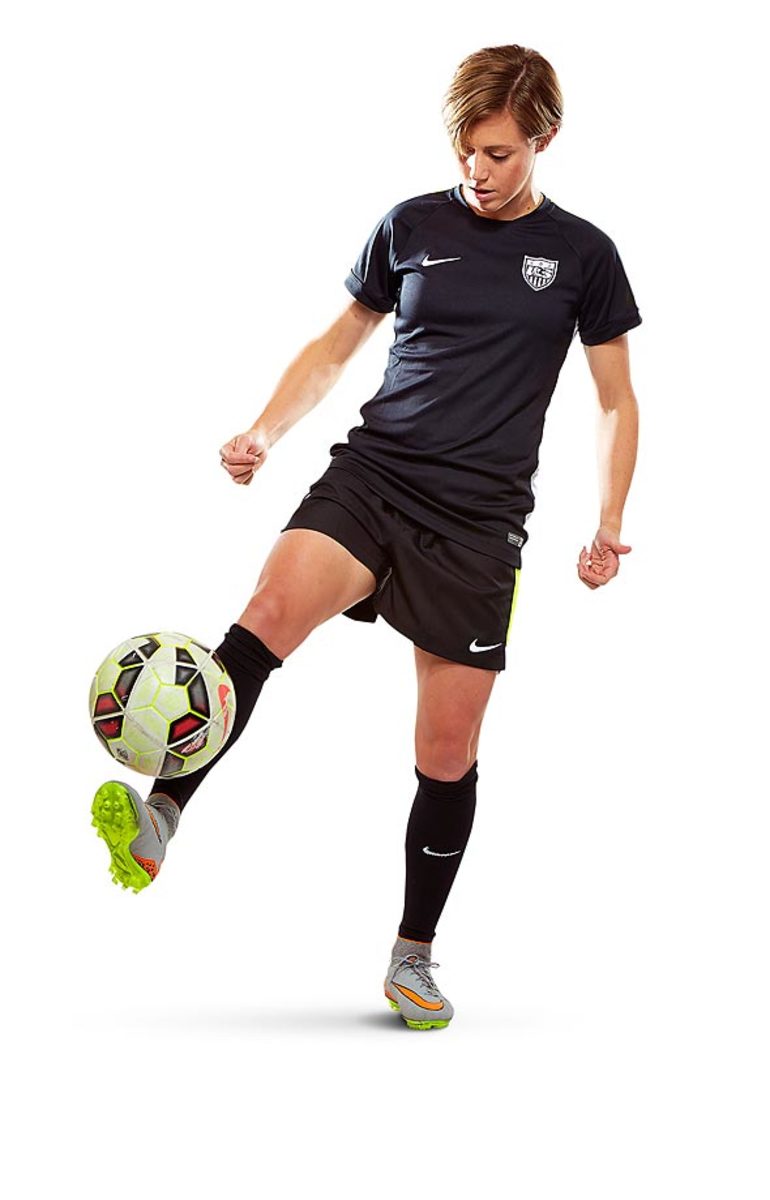
Julie Johnston - DEFENDER
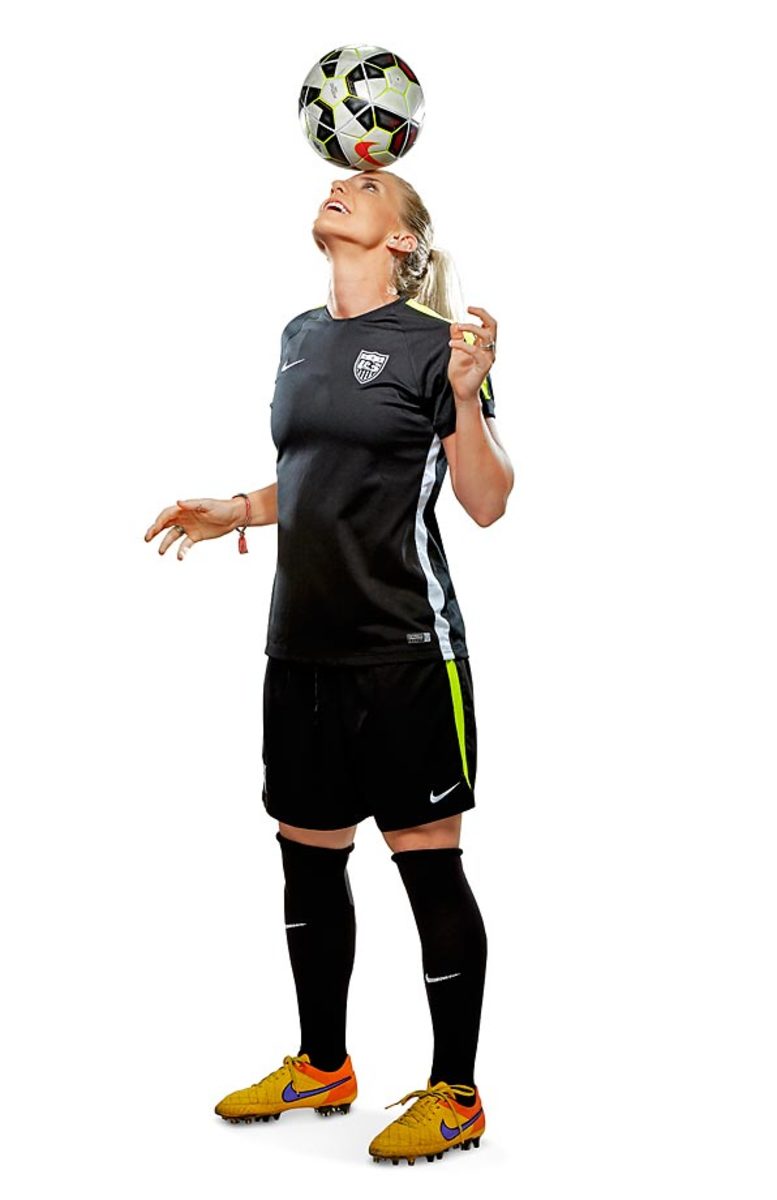
Ali Krieger - DEFENDER
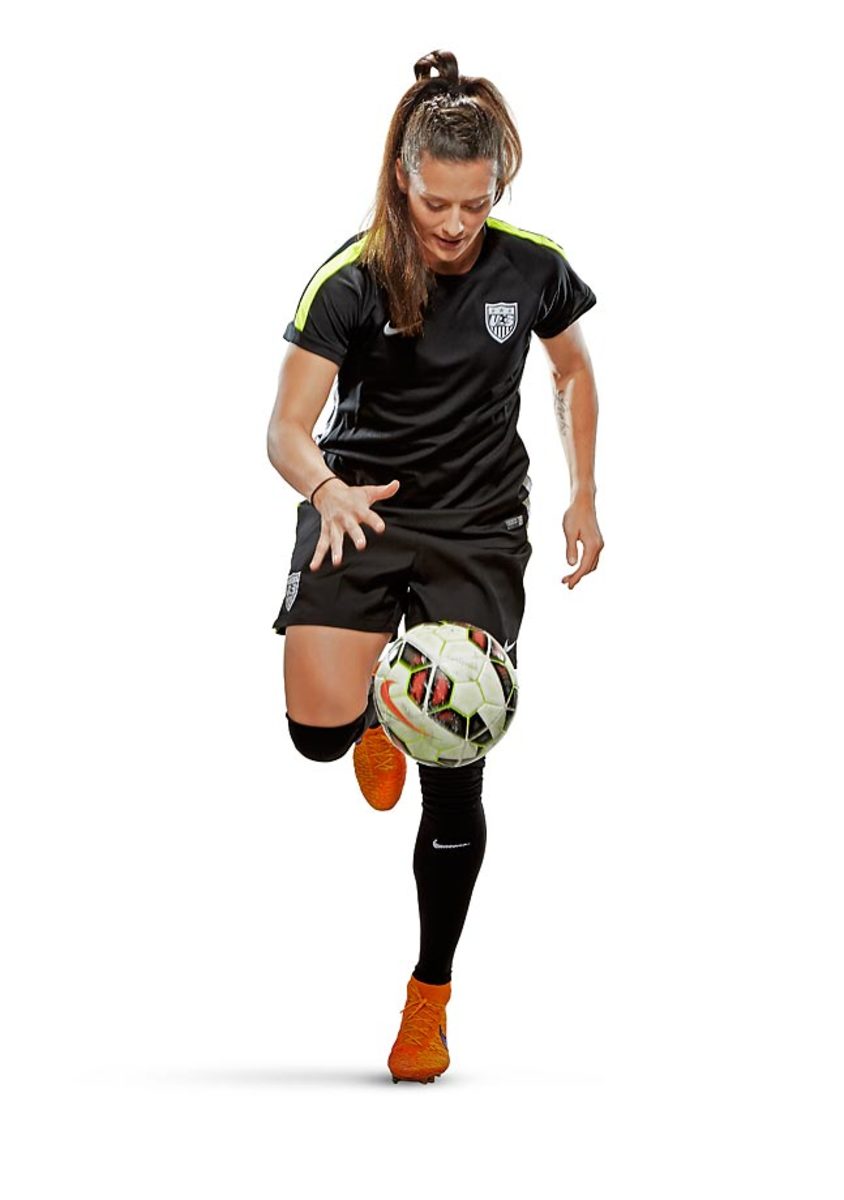
Kelley O'Hara - DEFENDER
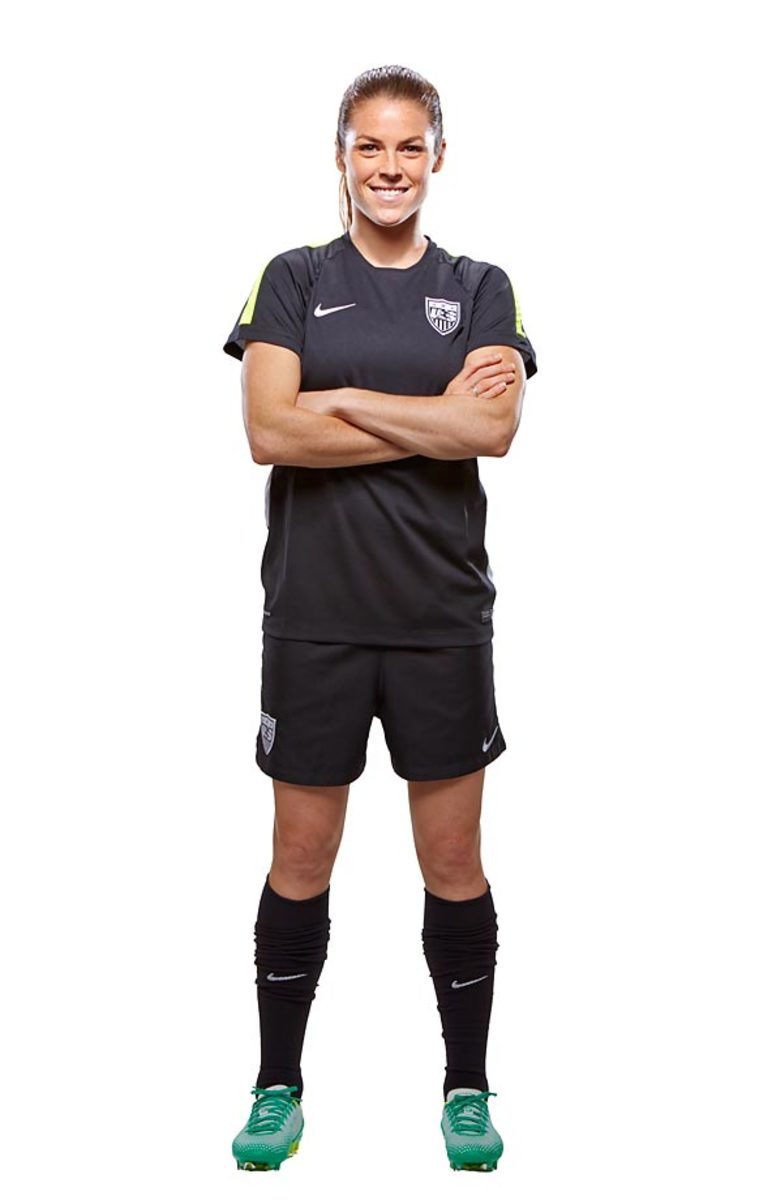
Becky Sauerbrunn - DEFENDER
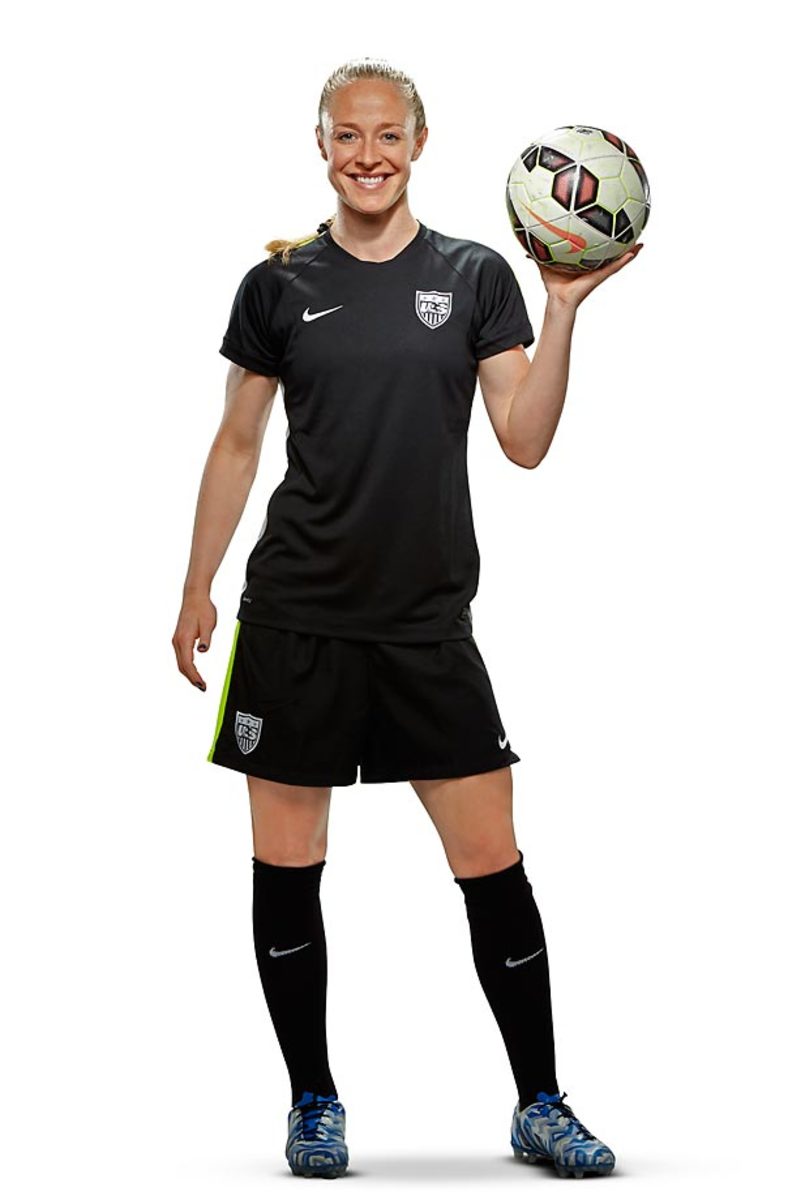
Christie Rampone - DEFENDER
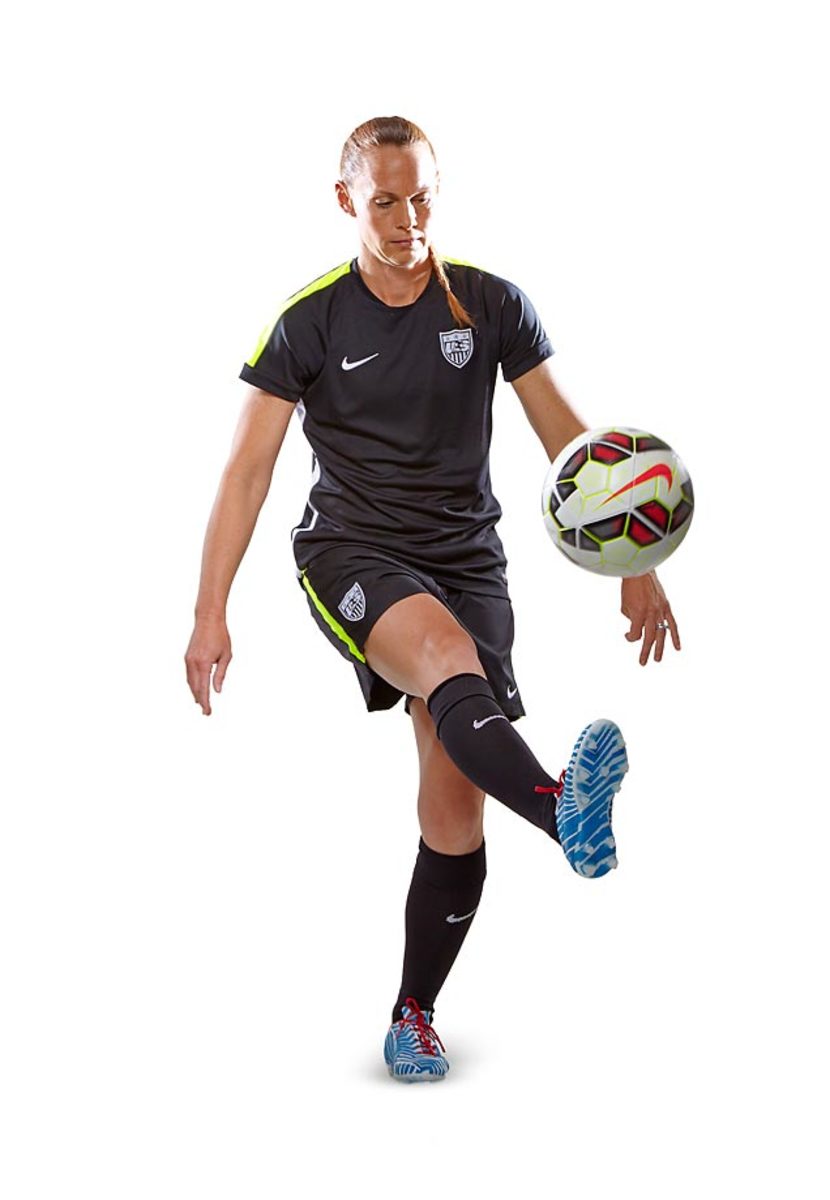
Lori Chalupny - DEFENDER
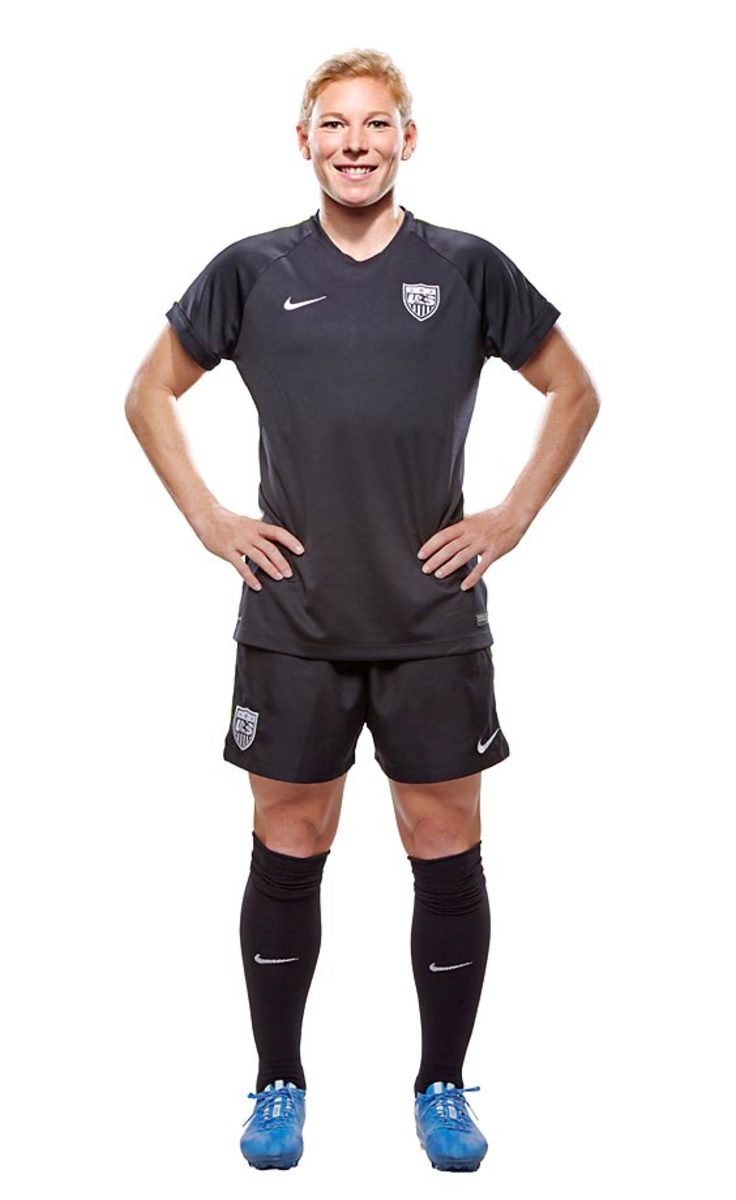
Alyssa Naeher - GOALKEEPER
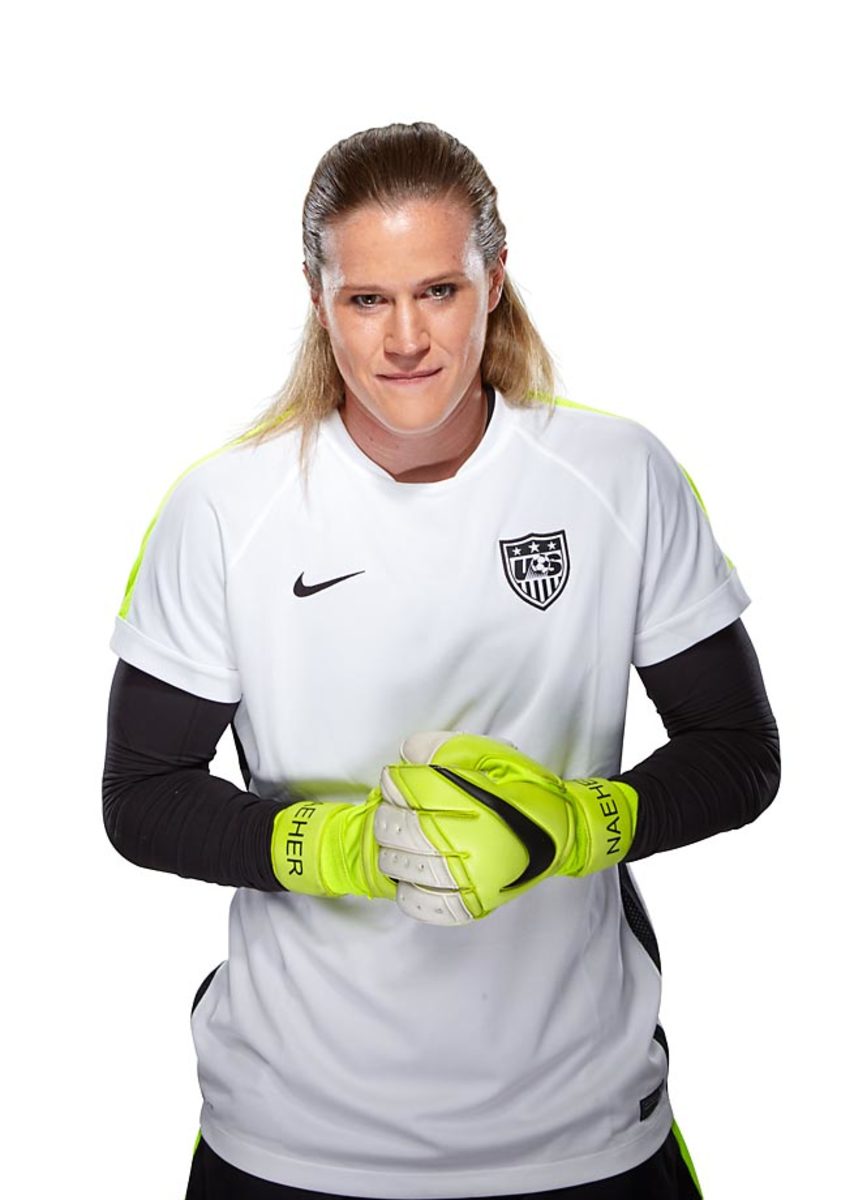
Ashlyn Harris - GOALKEEPER
